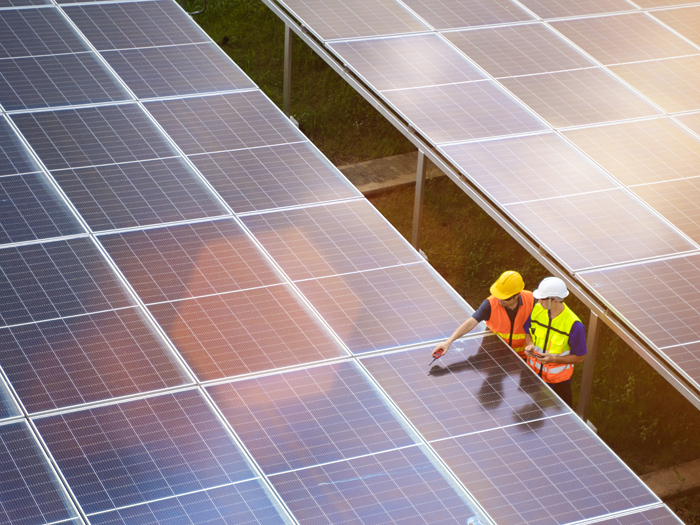Risk Insider: Kate Browne
Breaking with Tradition: How Technology Will Change the Construction Industry
For thousands of years people have worked in construction. From the Great Wall and the Pyramids to today’s smart skyscrapers, the human need to create is constant.
However, in an era when technology has transformed how we shop, bank, and communicate, it is startling how little has changed in the construction industry. Many outside the industry are often shocked to discover how many construction firms depend on pencils and paper to track time and attendance, use visual safety checks to make sure no accidents have happened, and blow air horns to announce an emergency or order an evacuation.
But all of this is changing. A 2017 study by McKinsey estimated that over the last six years nearly $10 billion in investment funding has poured into construction technology firms. A new Constructech ecosystem, made up of wearable devices, sensors, virtual and augmented reality, and drones, is now on the horizon and will help general contractors, subcontractors, and workers to build smarter and safer structures.
Rewriting the Rules with Robotics, Cloud Technology and Augmented Reality
Automated robots are increasingly handling repetitive and physically challenging tasks such as brick-laying and beam construction; they may be the answer to the labor shortage issue.
An increasing number of unified communications systems on the market can streamline work flows and make information sharing easier. Cloud and mobility solutions can give architects, designers and contractors instant access to information. Sophisticated planning tools and predictive analytic programs provide insights into the potential outcomes of different scenarios. Real time reports on how the costs and scope of work can change will make the “what if we did this?” discussion more effective and even enjoyable.
From the Great Wall and the Pyramids to today’s smart skyscrapers, the human need to create is constant.
Helmets that use augmented reality superimpose images on a screen that display the layout of pipes and wires, providing specifications for each room. With virtual reality technology, blueprints can be brought to life before a single worker sets foot on a job site. Clients and architects can view the completed building from any angle, in life-size, and even roam the halls to spot hidden problems or flaws.
Worker Safety
Worker safety has always been the industry’s top priority, and the need to embrace innovative solutions has never been greater. According to the Bureau of Labor Statistics, one in five worker fatalities in the private industry occur in construction. However, an influx of new products is changing that dynamic. Smart helmets turn traditional hardhats into safety systems that can detect everything from drowsiness to heat stroke and carbon monoxide poisoning.
Wearable devices can provide “real time” alerts to site supervisors and safety personnel the instant an accident occurs, and support total visibility so employees, equipment and materials can be tracked.When a supervisor receives automatic slip, trip, and fall push notifications, they can respond to potential injuries immediately. Workers who can instantly and easily report unsafe conditions may feel empowered to stop work if necessary. Technology-enabled safety solutions can promote a culture of site safety.










